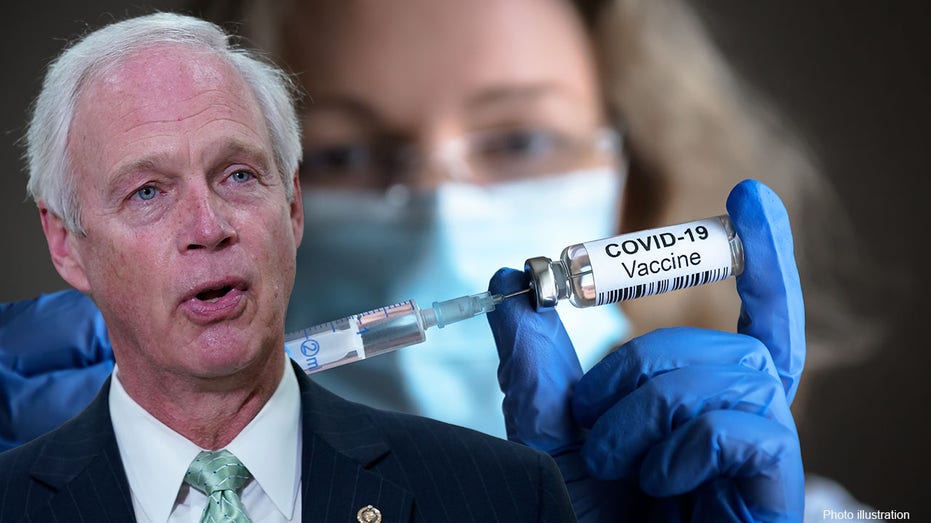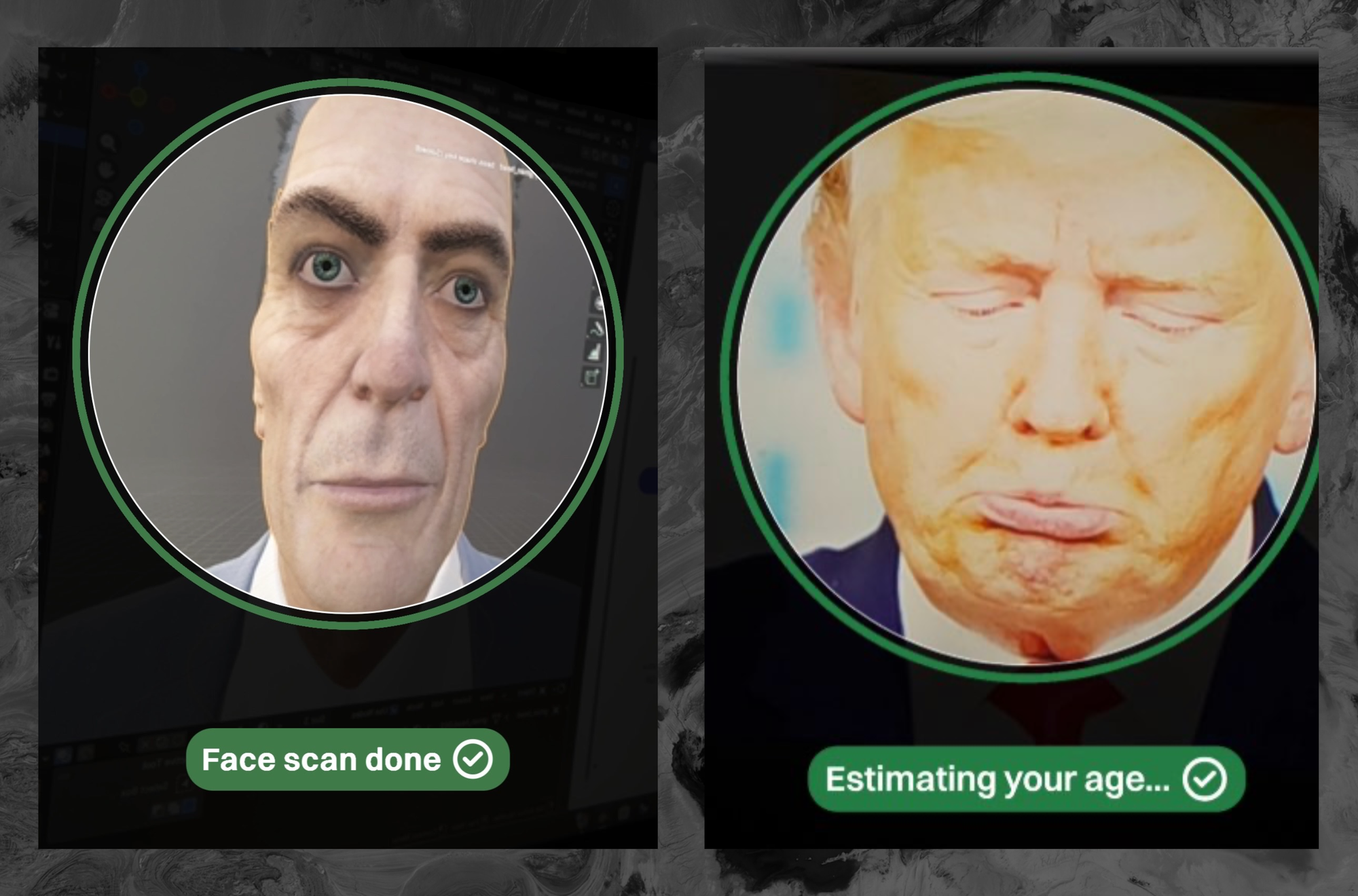US officials delayed warning public about heart inflammation risk from COVID shot: report
U.S. health officials knew about the risks of myocarditis from COVID-19 vaccines but downplayed the concern and delayed informing the public about the risks of taking the jab — that is according to a new Senate report released by Sen. Ron Johnson Wednesday.
Johnson, R-Wis., chairman of the Senate Permanent Subcommittee on Investigations, has been investigating the safety and efficacy of the COVID-19 vaccines. Earlier this year, he subpoenaed the Department of Health and Human Services (HHS) for records relating to COVID-19 vaccine safety data and communications about the pandemic.
SEN. RON JOHNSON: THE COVID COVER-UPS HAVE TO END
The interim report, spanning 55 pages, obtained and reviewed by Fox News Digital, revealed that Biden administration officials "withheld crucial health information from the Subcommittee and the public."
Since 2021, Johnson has sent more than 70 oversight letters, which he says were "either completely ignored or inadequately addressed."
The report highlights the records Johnson has obtained pursuant to the subpoena from the new, Trump administration-led health agency. Specifically, the report focuses on HHS’ awareness of and response to cases of myocarditis—a type of heart inflammation—following COVID-19 vaccination.
SCIENTISTS FIND CLUES ON WHY COVID VACCINE CAUSES CHRONIC HEALTH PROBLEMS IN SOME
Johnson’s report says the 2,473 pages of records he obtained "contain evidence of the Biden administration’s efforts to downplay and delay warning the public about the risks of myocarditis associated with the mRNA COVID-19 vaccines."
The report points to records from May 2021, in which health officials at HHS discussed whether to issue a formal warning about myocarditis.
According to the report, the formal warning about myocarditis was initially going to be distributed nationwide as a Health Alert Network message, which, according to the Centers for Disease Control and Prevention (CDC), is CDC’s "primary method of sharing cleared information about urgent public health incidents with public information officers; federal, state, territorial, tribal, and local public health practitioners; clinicians; and public health laboratories."
However, Johnson’s report said that health officials at CDC and the Food and Drug Administration (FDA) "ultimately decided against issuing a formal HAN and, instead, posted ‘clinical considerations’ on CDC’s website about myocarditis."
"Based on the subpoenaed records the Subcommittee has received to date, as well as public FOIA documents, this interim report will highlight records and present a timeline showing U.S. health officials knew about the risk of myocarditis; those officials downplayed the health concern; and U.S. health agencies delayed informing the public about the risk of the adverse event."
The report also highlights the Israeli Ministry of Health notifying officials at the CDC in February 2021 of "large reports of myocarditis, particularly in young people, following the administration of the Pfizer vaccine."
The report also highlights documents showing CDC officials discussing "safety signals" for myocarditis with mRNA vaccines in April 2021 based on Defense Department and Israeli data, but "still not taking immediate steps to warn the public."
Documents obtained by Johnson also show CDC officials communicating with Moderna and Pfizer representatives about the risks.
Johnson also obtained "draft meeting notes from late May 2021 exchanged between U.S. public health officials which included the question: ‘Is VAERS signaling for myopericarditis now?,’ and the answer: ‘For the age groups 16-17 years and 18-24 years, yes.’"
"VAERS" is an acronym for the Vaccine Adverse Event Reporting System.
FLASHBACK: SEN. RON JOHNSON CONFRONTS HHS SECRETARY ABOUT REDACTED FAUCI EMAILS ON COVID-19 ORIGINS
"Rather than provide the public and health care providers with immediate and transparent information regarding the risk of myocarditis following mRNA COVID-19 vaccination, the Biden administration waited until late June 2021 to announce changes to the labels for the Moderna and Pfizer COVID-19 vaccines based on the ‘suggested increased risks’ of myocarditis and pericarditis," the report states. "Even though CDC and FDA officials were well aware of the risk of myocarditis following COVID-19 vaccination, the Biden administration opted to withhold issuing a formal warning to the public for months about the safety concerns, jeopardizing the health of young Americans."
The report added that the Biden administration’s decision "to downplay the COVID-19 vaccine health risks and delay warning the public about cardiac-related adverse events associated with the mRNA vaccines jeopardized the public’s health."
According to the report, as of April 25, 2025, VAERS reported 38,607 deaths and more than 1.6 million "adverse events worldwide associated with the administration of COVID-19 injections."
Of the more than 38,000 deaths, the report said 25% occurred on Day 0, 1, or 2 following injection, compared to "2,663 deaths reported to VAERS associated with the flu vaccine over a period of 35 years."
"No other reports of adverse events associated with any other drug or vaccine even come close to these statistics," the report states. "And yet, those who oversaw the development and distribution of the COVID-19 vaccines continue to insist it is safe and effective, without providing the data to prove their claims."
Johnson’s report demands that the "full extent" of the Biden administration’s "failure to immediately warn the public about all COVID-19 vaccine adverse events must be completely exposed."
"The American people fund the federal health departments and agencies with their hardearned tax dollars," the report states. "The information developed by these departments and agencies belong to the American people, and should be made fully and transparently available."
The report states that as "the roadblocks are removed and more documents that have been hidden and withheld for years become available, the Permanent Subcommittee on Investigations will provide transparency and let the American public see what is their right to see."





